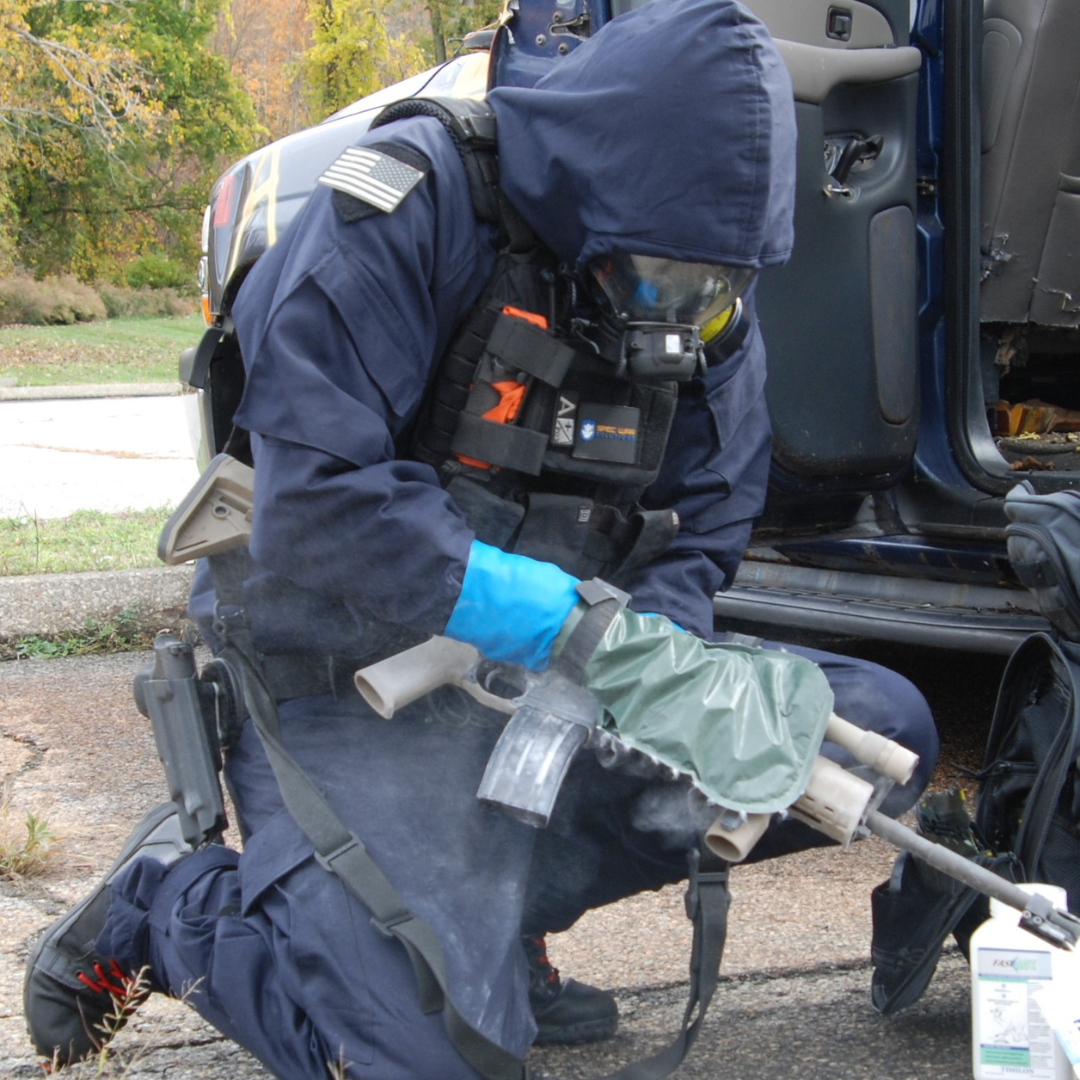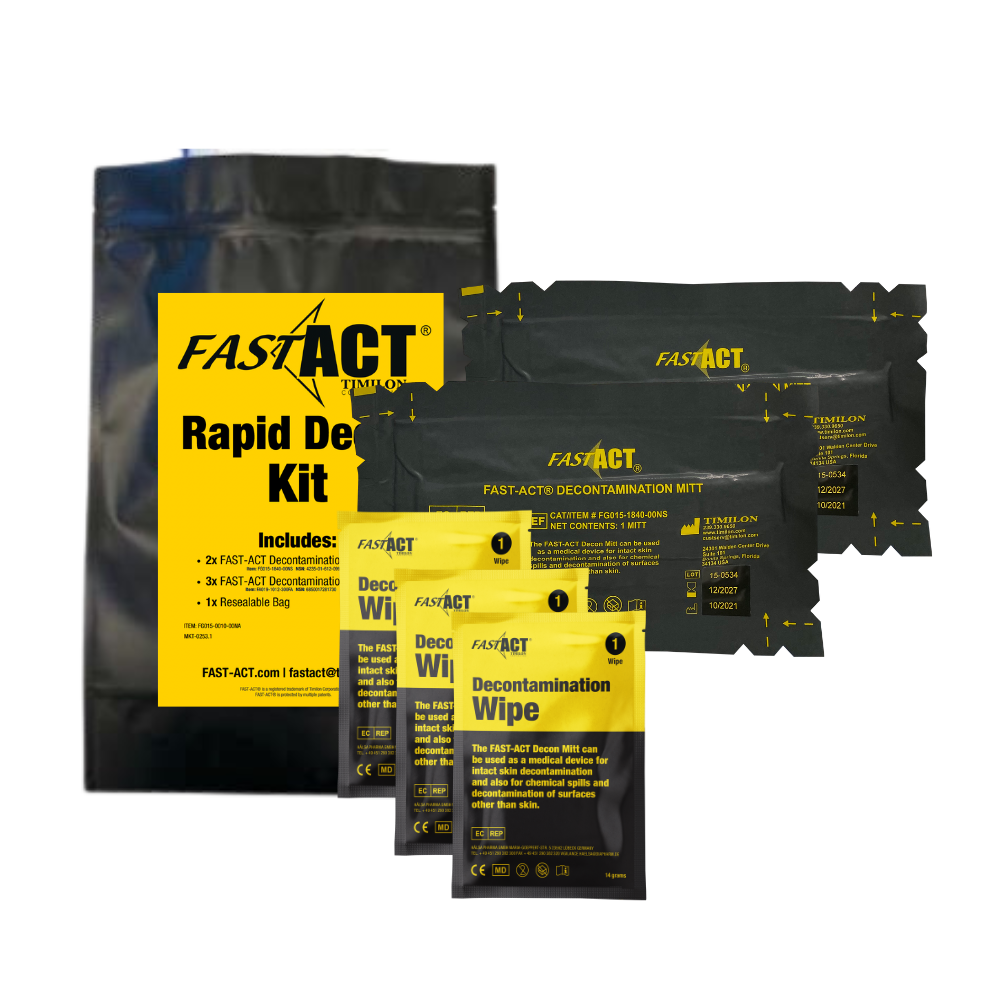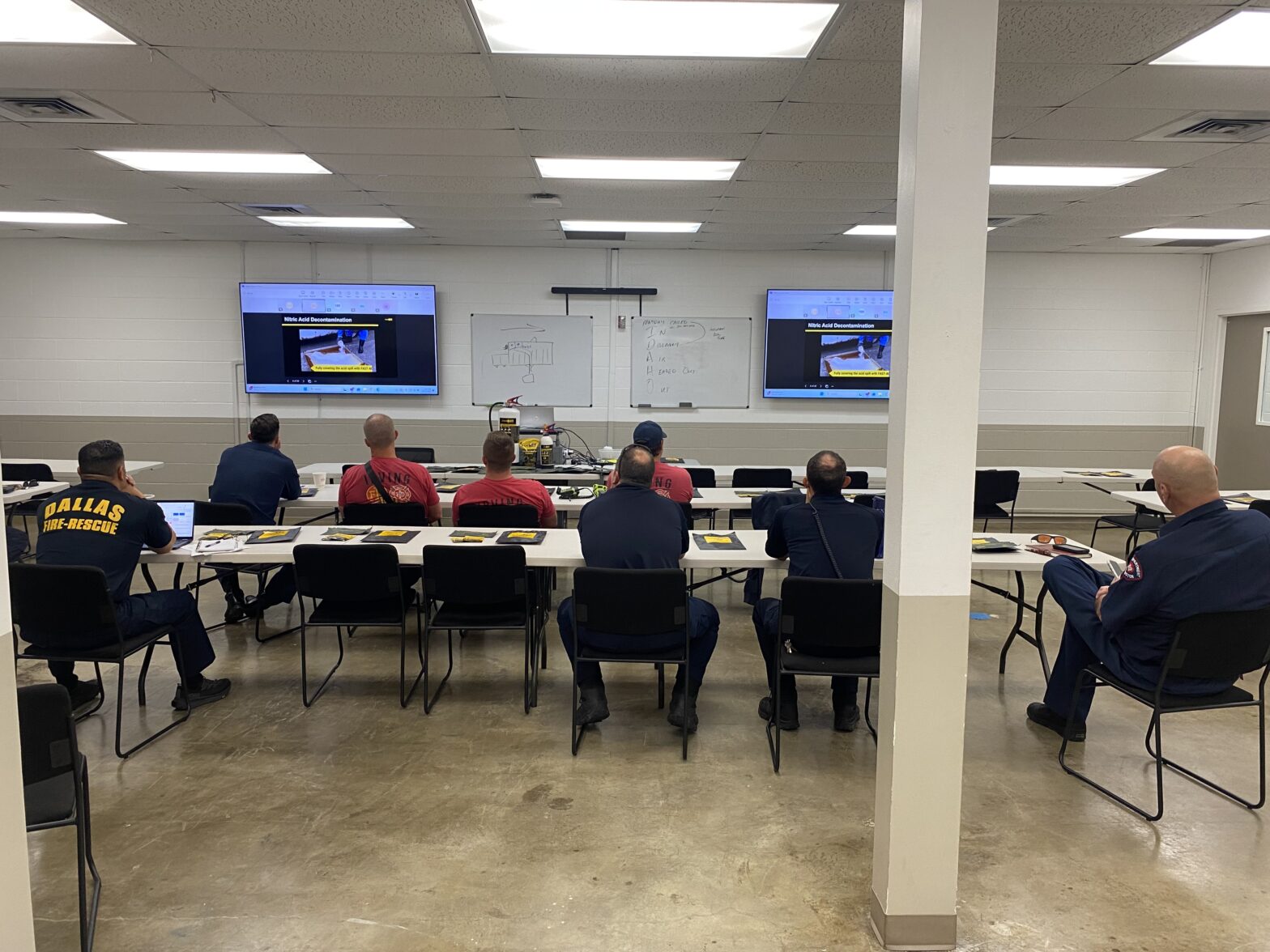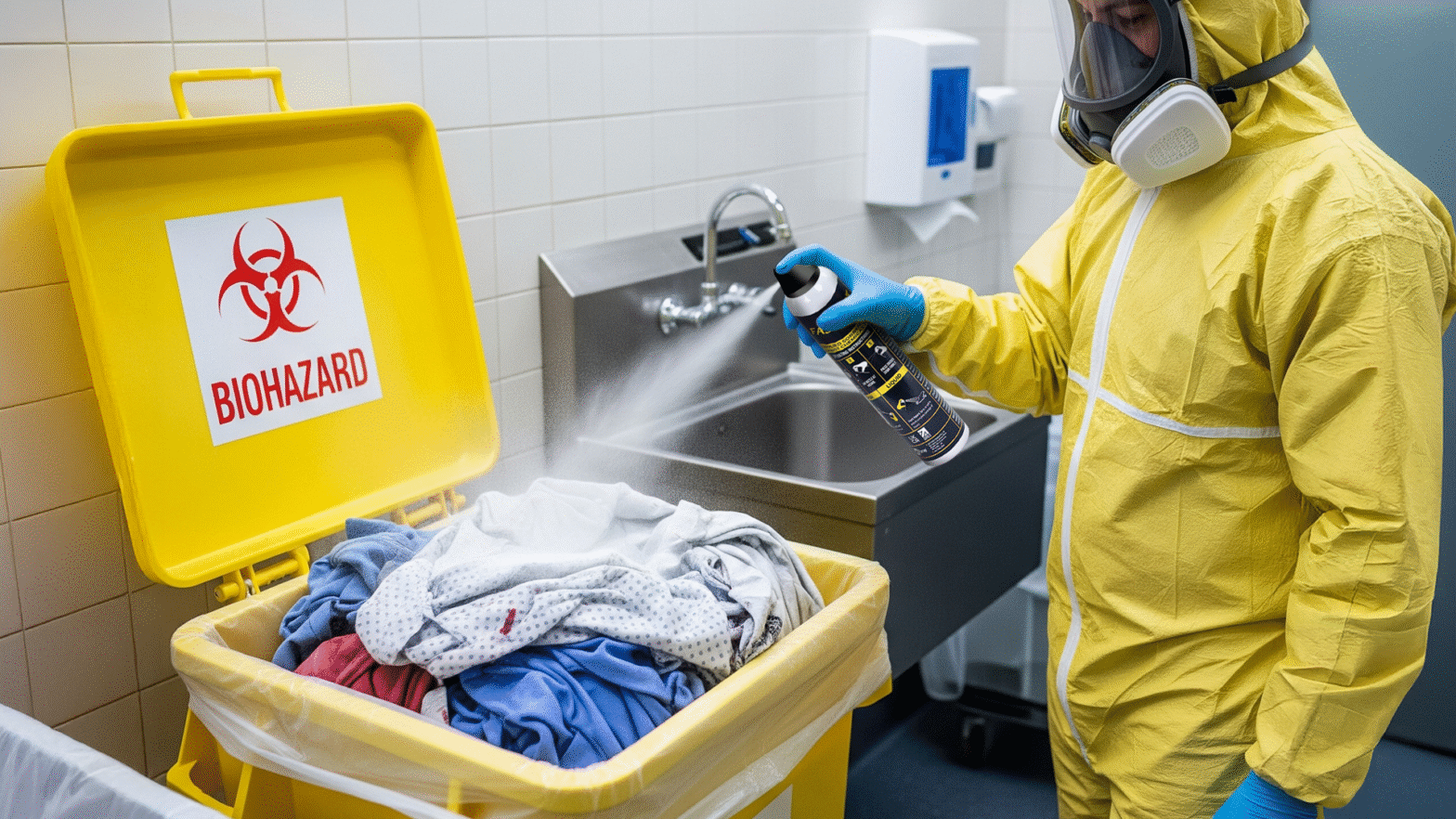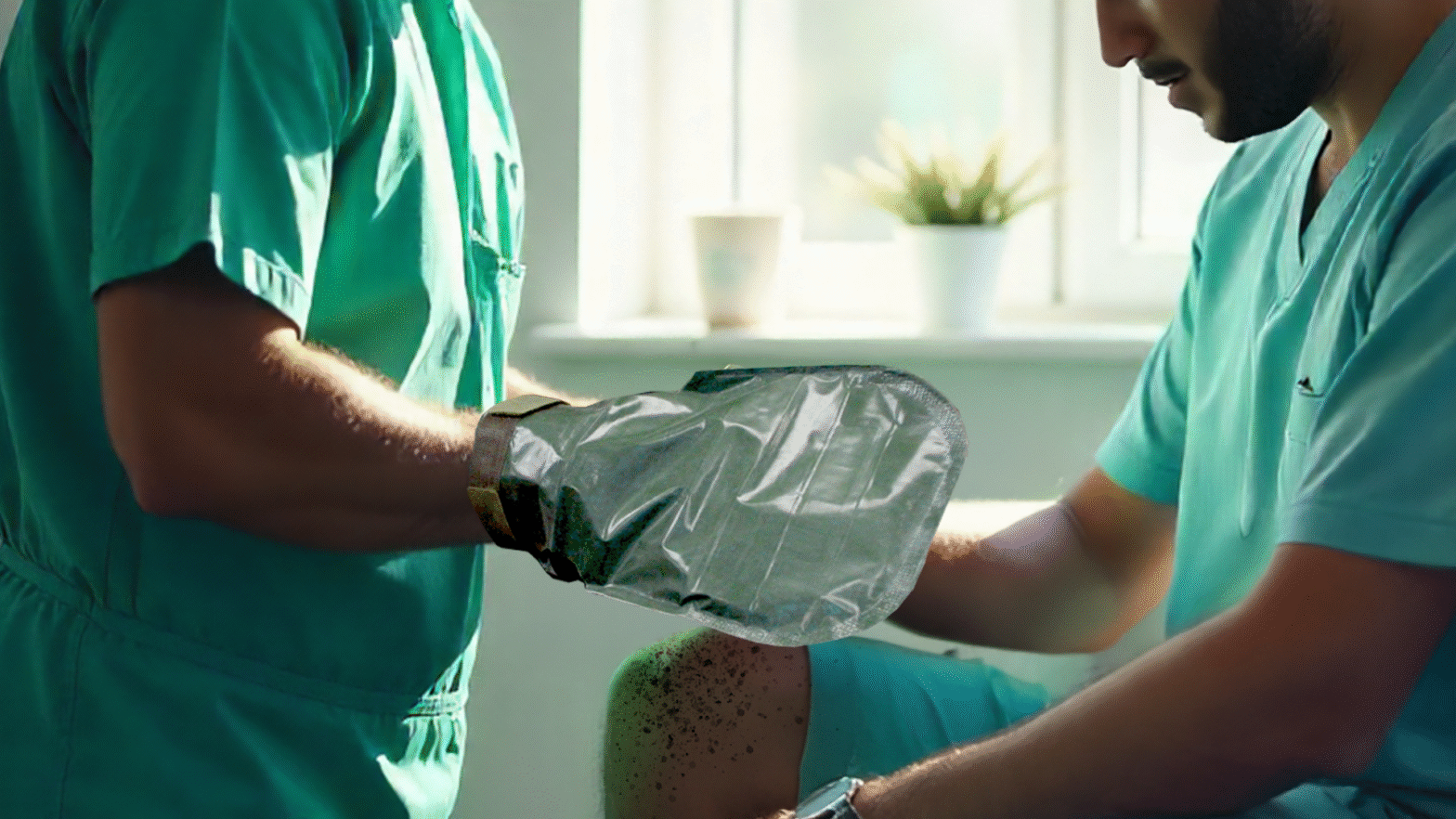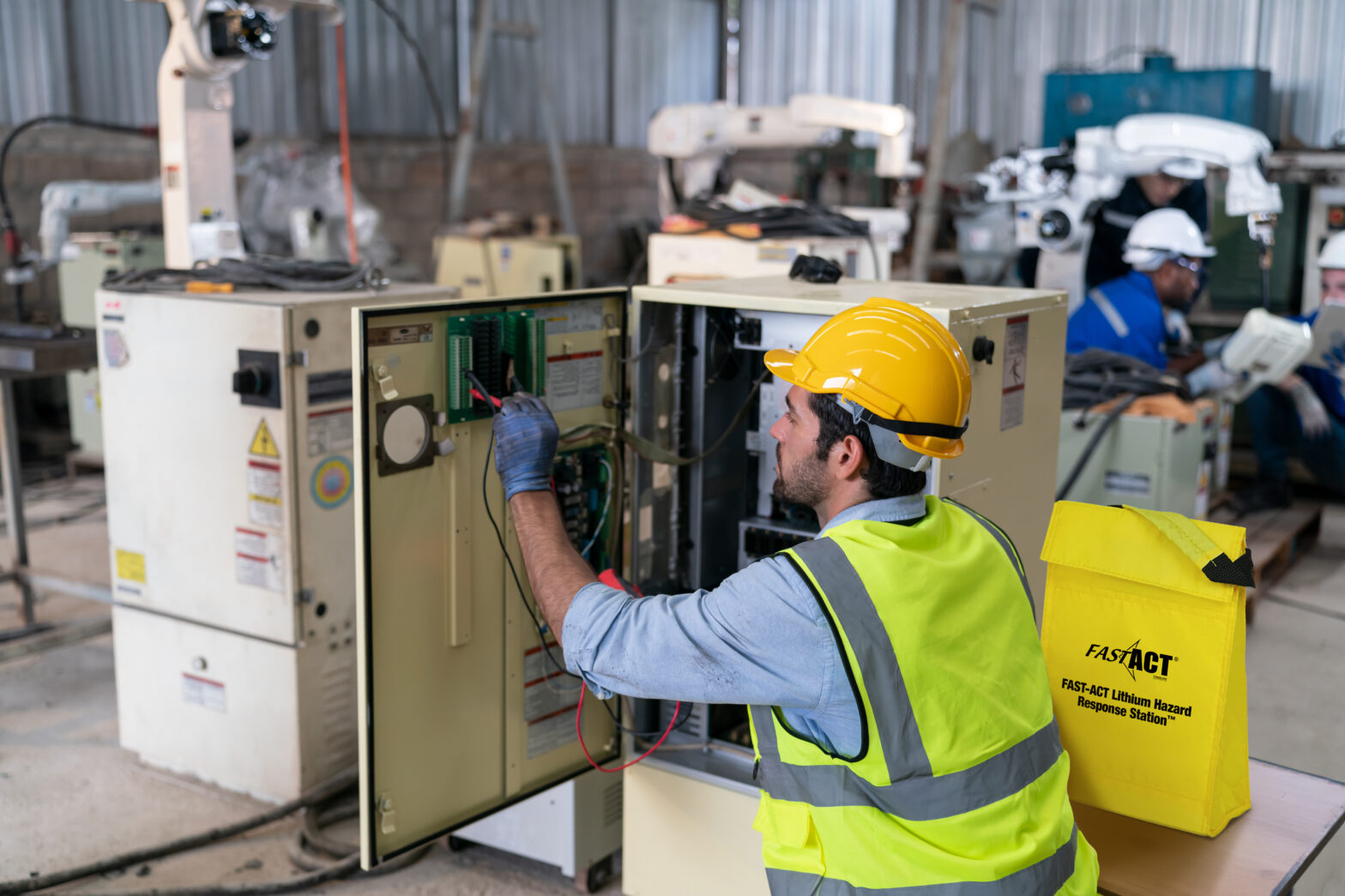This blog will cover how Emergency Response Teams, security sector professionals, and regional governments can integrate dry decontamination technologies and vapor threat neutralization strategies into their event playbooks to ensure safe, efficient, and scalable response to Chemical Warfare Agents, Biological attacks, terror incidents, or lithium-ion battery fires that may arise in high-density environments.
Tag: dry decontamination solutions
FAST-ACT Expands Global Reach with Decontamination Tender Win in Croatia
FAST-ACT is proud to announce its recent success in securing a tender with the Ministry of Interior (MoI) in Croatia for specialized decontamination equipment.
FAST-ACT Dry Decontamination Demo Strengthens Chemical Response Readiness in Dallas, TX
FAST-ACT conducted a live dry decontamination demonstration with the Dallas Fire Department and multiple Dallas-area agencies, showcasing how first responders can rapidly and safely neutralize chemical threats using FAST-ACT technology.
Securing 2026 Mega-Event Dry Decontamination Procedures: Why Chemical Decontamination Must Be Part of the Playbook
This blog will explain the scale and stakes of these events, highlight why chemical decontamination and decontamination methods are essential to safety, and reaffirm how FAST-ACT’s solutions merge with personal protective equipment (PPE) and multiagency workflow to deliver readiness, efficiency, and confidence.
Hospital Dry Decontamination: A Faster, More Efficient Approach to Emergency Response
During a mass casualty incident involving chemical agents or hazardous materials, every second counts. Hospitals must act quickly to protect patients, staff, and infrastructure while maintaining operations within the hospital environment. Traditional wet decontamination systems, which rely on large volumes of water and extended setup, can slow down an emergency response when speed is critical. … Continue reading Hospital Dry Decontamination: A Faster, More Efficient Approach to Emergency Response
FAST-ACT’s Hospital SOP: Advancing Chemical Decontamination Preparedness
In this blog, we will cover the essential steps of the FAST-ACT hospital SOP, explain how the FAST-ACT Pressurized Cylinders, FAST-ACT Decontamination Mitts, and FAST-ACT Decontamination Wipes are applied, and highlight the supporting science behind these hospital-focused decontamination protocols.
Why Effective Chemical Spill Response Matters in Industrial Settings
We’ll look at several industries where chemical spills are a pressing concern—including lithium-ion battery facilities, mining operations, and transportation hubs such as airports and ports—and explore how the right tools and response strategies can protect workers, reduce risks, and keep operations running safely.
FAST-ACT vs. Traditional Sorbents: A Smarter Solution for Industrial Chemical Response
For decades, many sites have relied on traditional absorbent materials like soda ash, vermiculite, or clay absorbents. While these are common in spill kits and spill response kits, they have one fundamental limitation: they do not neutralize hazardous chemicals. Instead, they merely soak up or contain a substance, leaving potential hazards and health risks behind.
Hospital Decontamination Without Compromise: Protecting Patients, Staff, and Equipment
This post concludes our hospital decontamination blog series, following Part 1: Rethinking Hospital Decontamination and Part 2: Inside the Protocol: A Hospital SOP for Dry Chemical Decontamination.
FAST-ACT August Event Highlights: Supporting First Responders Nationwide
This August, the FAST-ACT team was on the road providing hands-on training and support to first responders facing today’s most urgent chemical and hazardous material threats.

